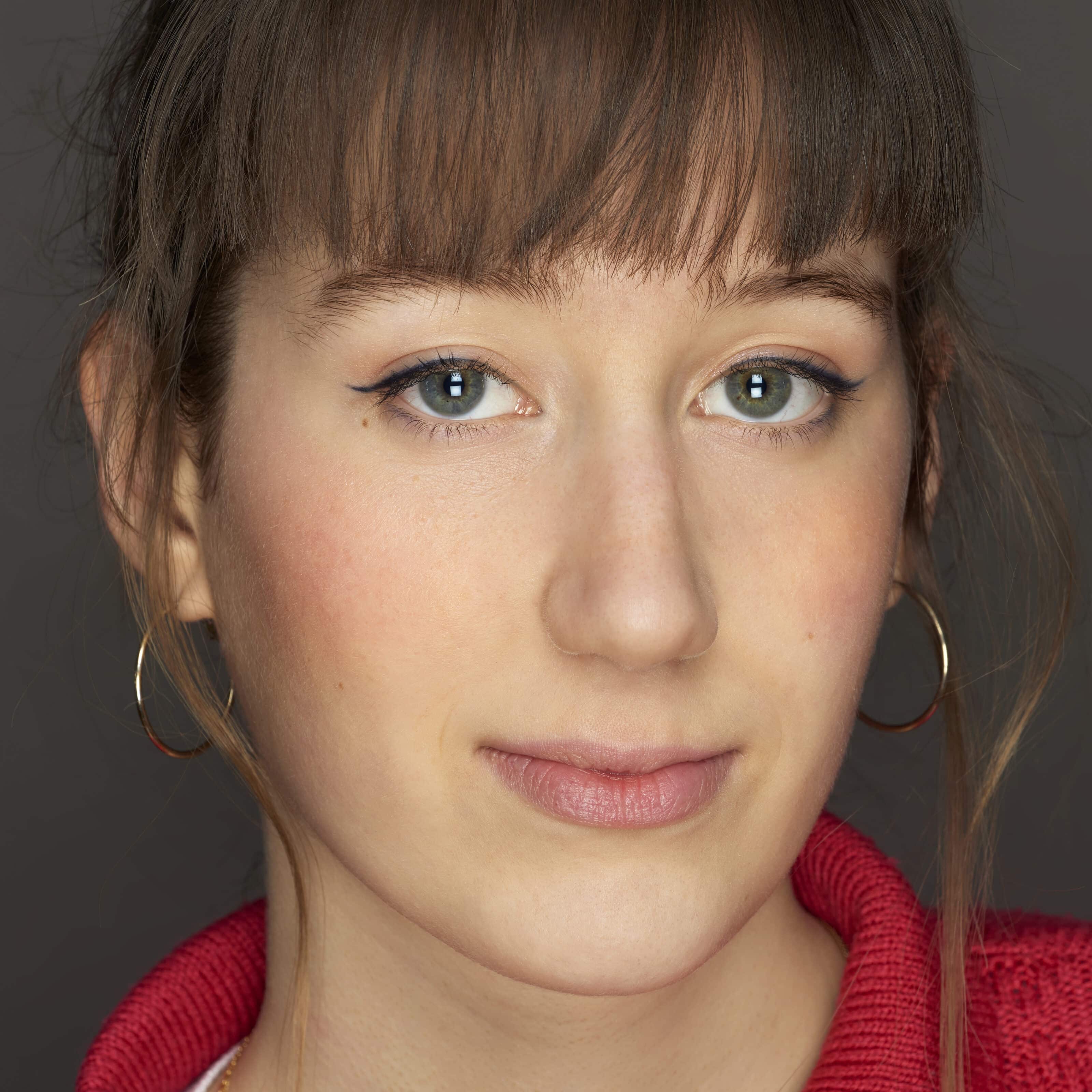Since 2010, the Pavillon Populaire has offered a rich and wide-ranging photography programming. Fashion, advertising, documentary, and propaganda photography, as well as coverage of major social movements: photography in all its forms. This year, th...




